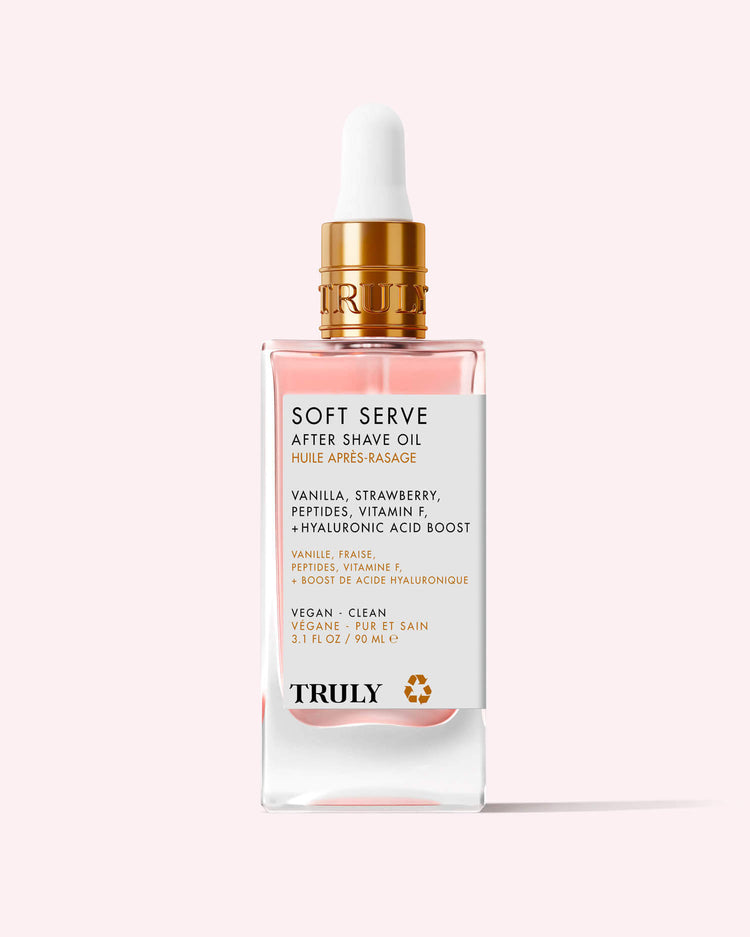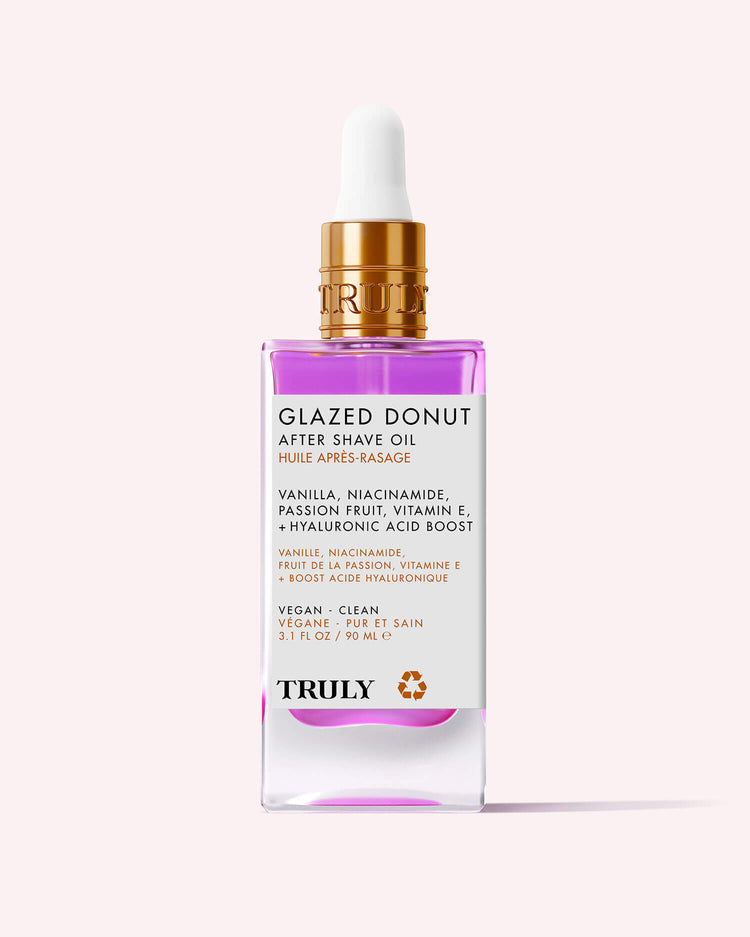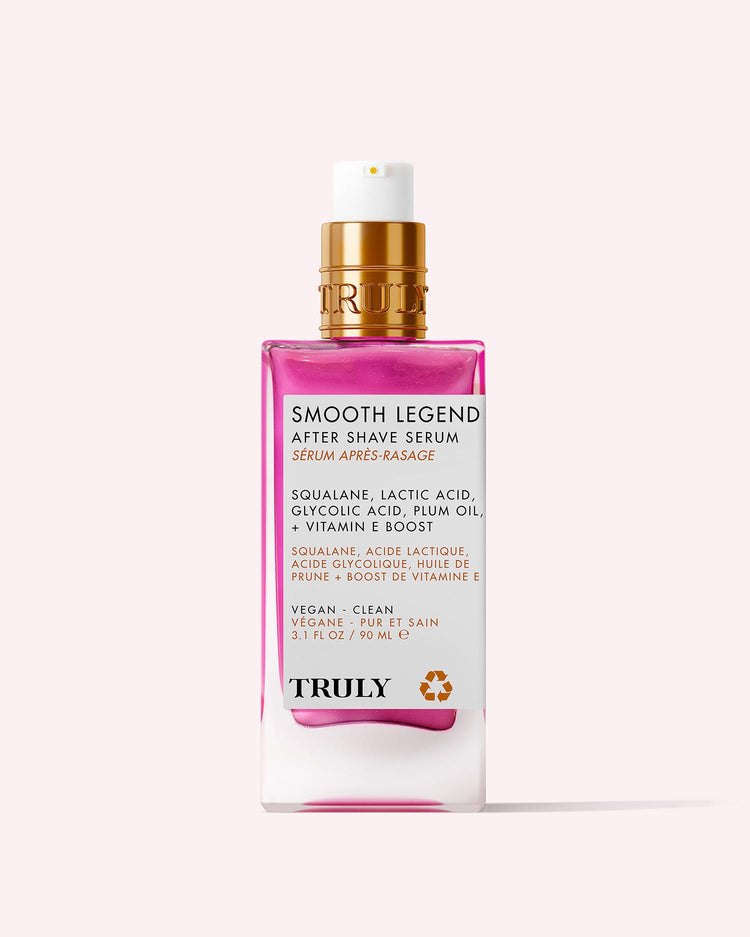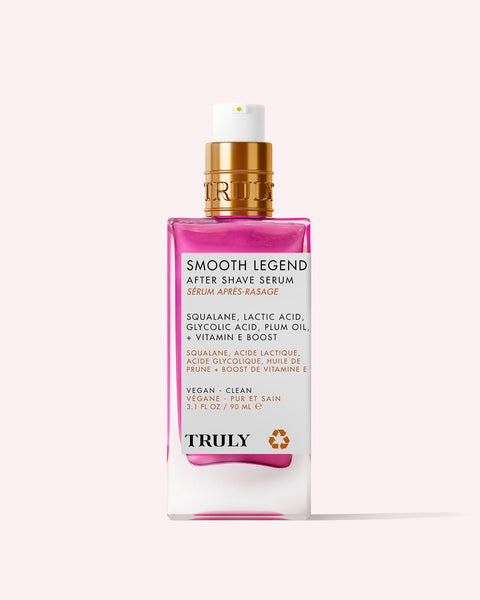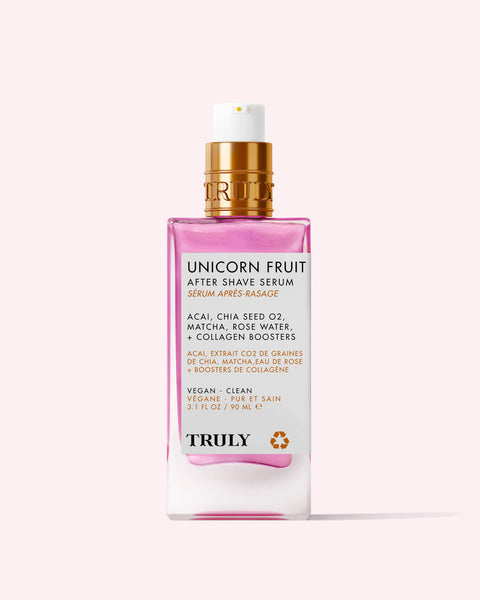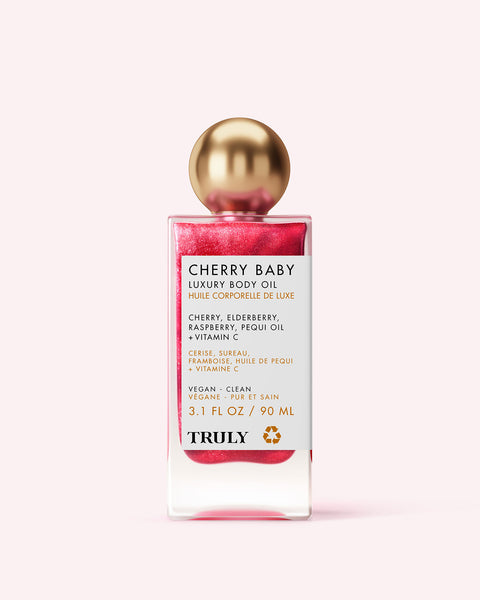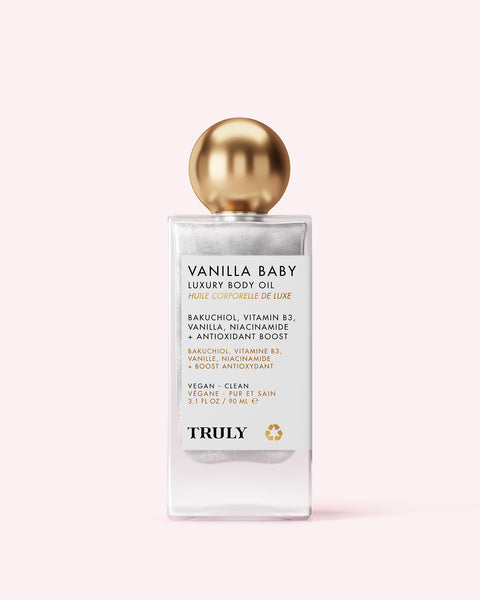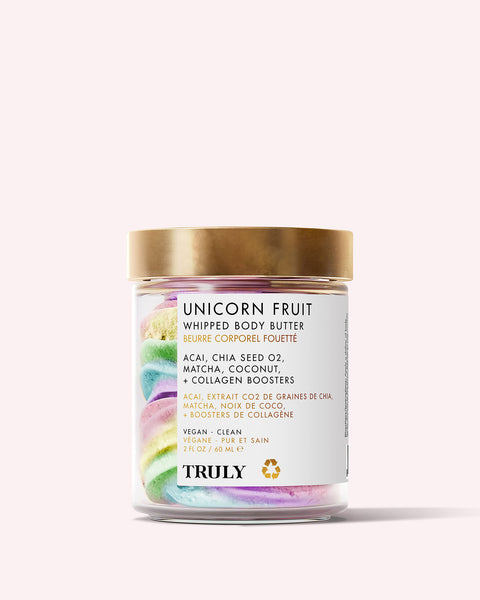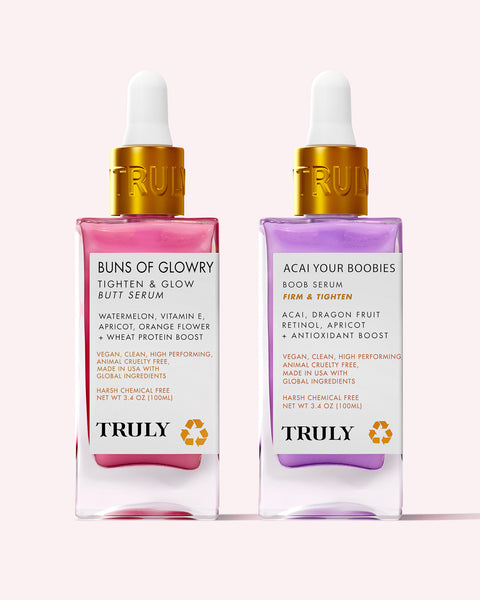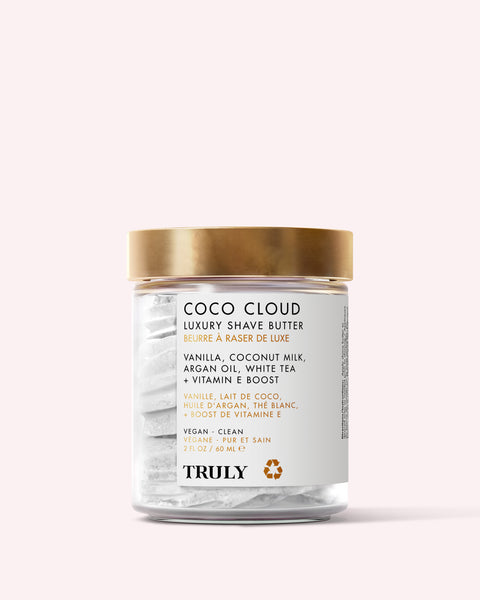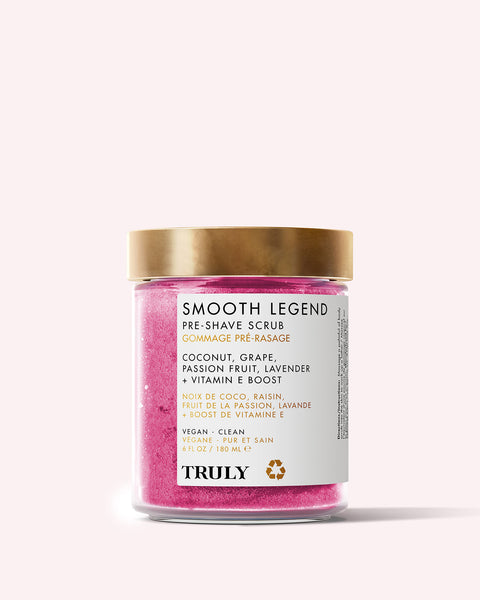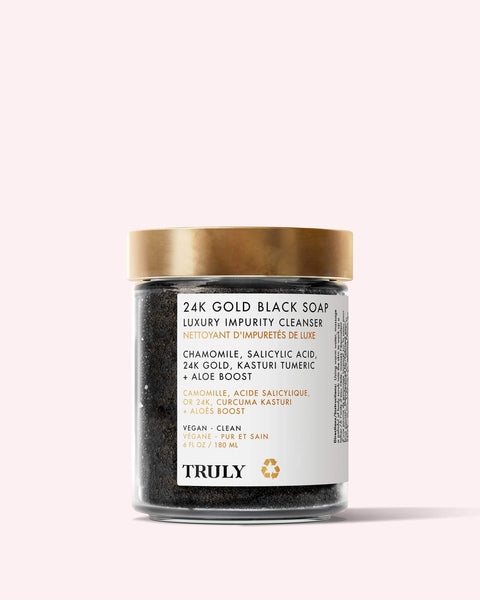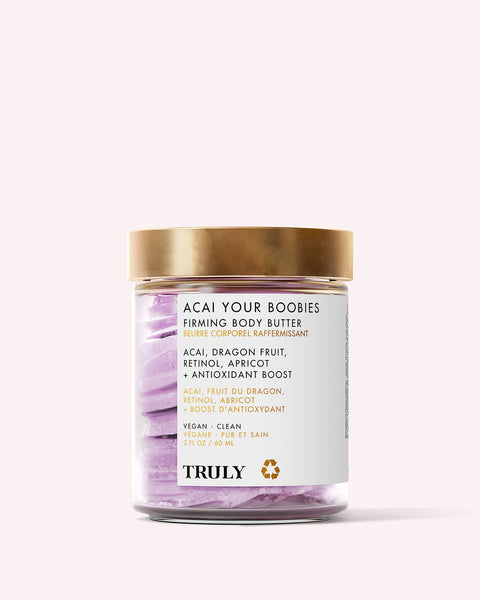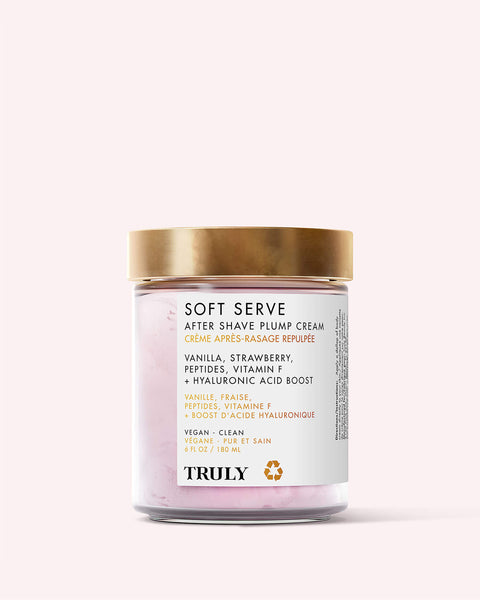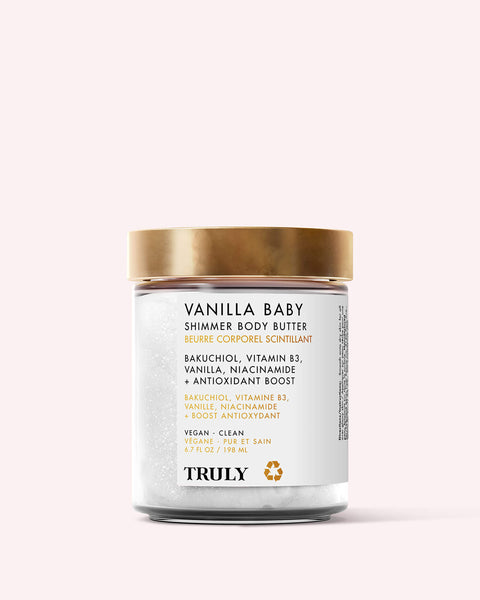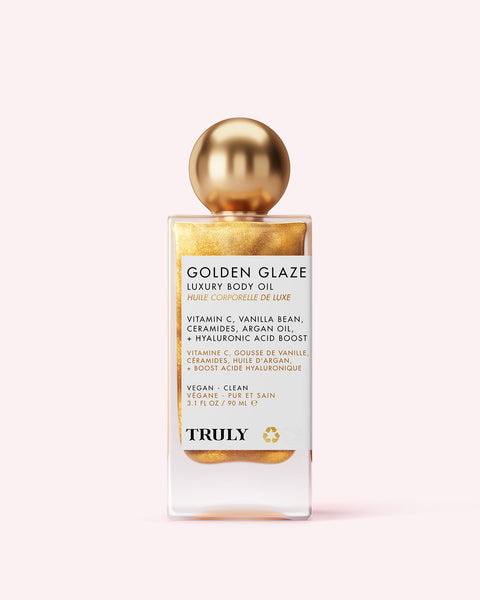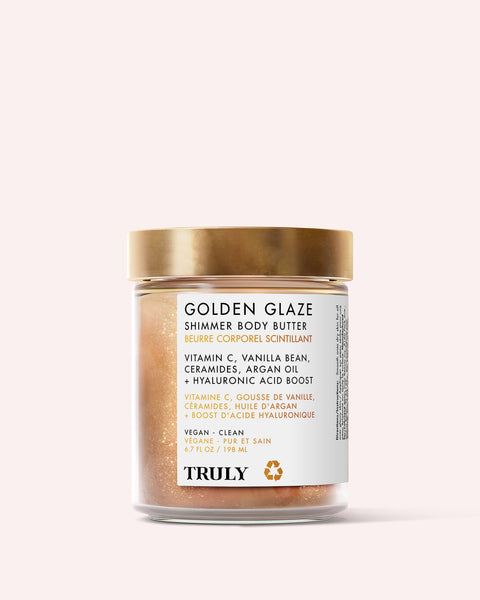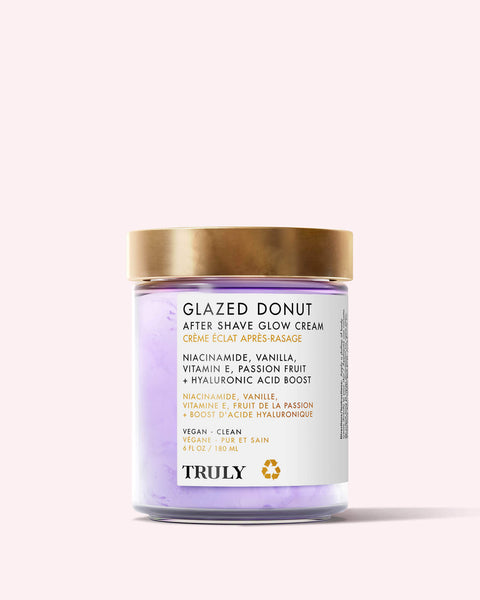How to Prevent Stretch Marks From Working Out

Discover how to prevent stretch marks from working out so you can continue with your fitness sessions and avoid winding up with uneven skin texture.
Growth spurts, rapid muscle growth, and weight gain can all cause stretch marks. Ahead, we show you how to prevent stretch marks from working out and how to get rid of them with skincare treatments and in-office procedures.
How to Prevent Stretch Marks from Working Out
Whether you're building muscle, engaging in bodybuilding, or even experiencing weight gain or weight loss, stretch marks can appear as your skin adjusts to rapid changes. Here’s how to prevent stretch marks while working out.
1. Use Stretch Mark Creams and Lotions
To keep skin soft and elastic, consider creams with nourishing ingredients like cocoa butter, shea butter, and hyaluronic acid. Some dermatologists also recommend retinoid-based creams for their ability to stimulate collagen and reduce stretch marks over time.
2. Stay Hydrated
Hydration plays a significant role in skin elasticity, reducing the likelihood of stretch marks. Drinking plenty of water keeps your skin cells plump and flexible. Also, applying moisturizer and body oils like coconut oil, almond oil, and olive oil can deeply hydrate your skin. Many dermatologists recommend cocoa butter and hyaluronic acid products to lock in moisture and maintain elastic, healthy skin.
3. Support Collagen and Elastin Production
Collagen and elastin keep skin resilient, making it less likely to tear during periods of body weight changes. Consuming a healthy diet rich in vitamin C, lean proteins, and antioxidants aids in collagen production and maintains overall skin health. You may also want to try collagen supplements for added support, as well as topical products containing retinol (vitamin A) to enhance skin’s elasticity.
4. Train Gradually
Avoid rapid muscle gain by pacing your workouts, especially if you’re lifting weights. Gradual muscle growth allows your skin time to adapt. Additionally, mixing in flexibility exercises like stretching and yoga helps increase skin resilience.
How to Get Rid of Stretch Marks from Working Out
Now you know how to prevent stretch marks from working out. If you’re already seeing stretch marks, there are options to reduce their appearance and even fade them over time. Here’s how to address stretch marks after they’ve formed.
Topical Retinoids
Retinoid creams and serums are a powerful tool recommended by dermatologists for treating early-stage stretch marks. They work by boosting collagen, gradually improving the texture and color of affected skin.
Laser Treatment and Microneedling
Laser treatments can be effective in breaking down stretch mark scars by promoting new collagen production. Microneedling is another option to stimulate skin repair, helping reduce the visibility of stretch marks.
Microdermabrasion
For a more accessible option, consider microdermabrasion, which gently exfoliates the top layer of skin, allowing newer skin to emerge and helping fade stretch marks. This treatment also promotes skin elasticity, keeping skin healthier and firmer.
Why Do You Get Stretch Marks from Working Out?
Stretch marks from working out happen due to rapid changes in body size that cause the skin to stretch faster than it can keep up with. When you build muscle or gain weight quickly—like during intense weightlifting, bodybuilding, or other strength training—the skin’s middle layer, known as the dermis, can tear. This tearing creates lines known as stretch marks or striae.
One reason they appear is due to rapid weight gain or muscle growth. When you build muscle or gain weight fast, the skin stretches beyond its normal elasticity. For example, lifting heavy weights can lead to increased muscle mass in a short period, especially in areas like the upper arms, thighs, and chest. The quicker your skin stretches, the more likely it is to tear, causing stretch marks.
Another reason is a decrease in collagen and elastin production. Collagen and elastin are proteins that give skin its strength and flexibility. During periods of growth, the skin needs an adequate supply of these proteins to maintain its elasticity. If collagen and elastin production can’t keep up with your rate of muscle or body growth, your skin becomes more susceptible to stretching and tearing, which results in stretch marks.
Does Skin Stretch When You Gain Muscle?
Yes, skin does stretch when you gain muscle. As your muscles grow, your skin needs to accommodate the increase in volume, so it gradually stretches to fit the new muscle mass. The extent to which your skin stretches depends on factors like how quickly you’re building muscle, your skin’s natural elasticity, and your overall genetics.
For most people, gradual muscle growth gives skin enough time to adjust without issues. However, rapid muscle gains can sometimes lead to stretch marks as the skin stretches quickly. Staying hydrated and maintaining a balanced diet with plenty of nutrients that support skin health, like vitamins A, C, and E, can help keep skin supple and resilient.
When you gain muscle, the skin stretches to make room for the increased muscle volume. If this happens too quickly, like during rapid muscle gains, the skin’s collagen and elastin fibers can be pushed beyond their natural limits, causing tiny tears. As these tears heal, they can leave behind stretch marks.
Will Stretch Marks from Working Out Go Away?
Stretch marks may fade over time, but they typically don’t disappear completely without treatment.
Stretch marks often start as red or purple streaks and gradually fade to a lighter, silvery color. With the right skincare and hydration, you may see them soften in appearance, especially if they’re new. To reduce stretch marks significantly, treatments like laser therapy, microdermabrasion, and retinoids can accelerate fading. Be patient. It may take several weeks to a few months to see a notable difference.
Even if you can’t completely eliminate existing stretch marks, maintaining a healthy routine—using sunscreen, moisturizing daily, and staying hydrated—keeps your skin in optimal condition and prevents further stretch marks from forming.
To sum up, preventing stretch marks from working out involves a combination of smart topical treatment options and gradual muscle building. With these practices and patience, you can protect your skin and minimize the appearance of stretch marks as you reach your fitness goals.


